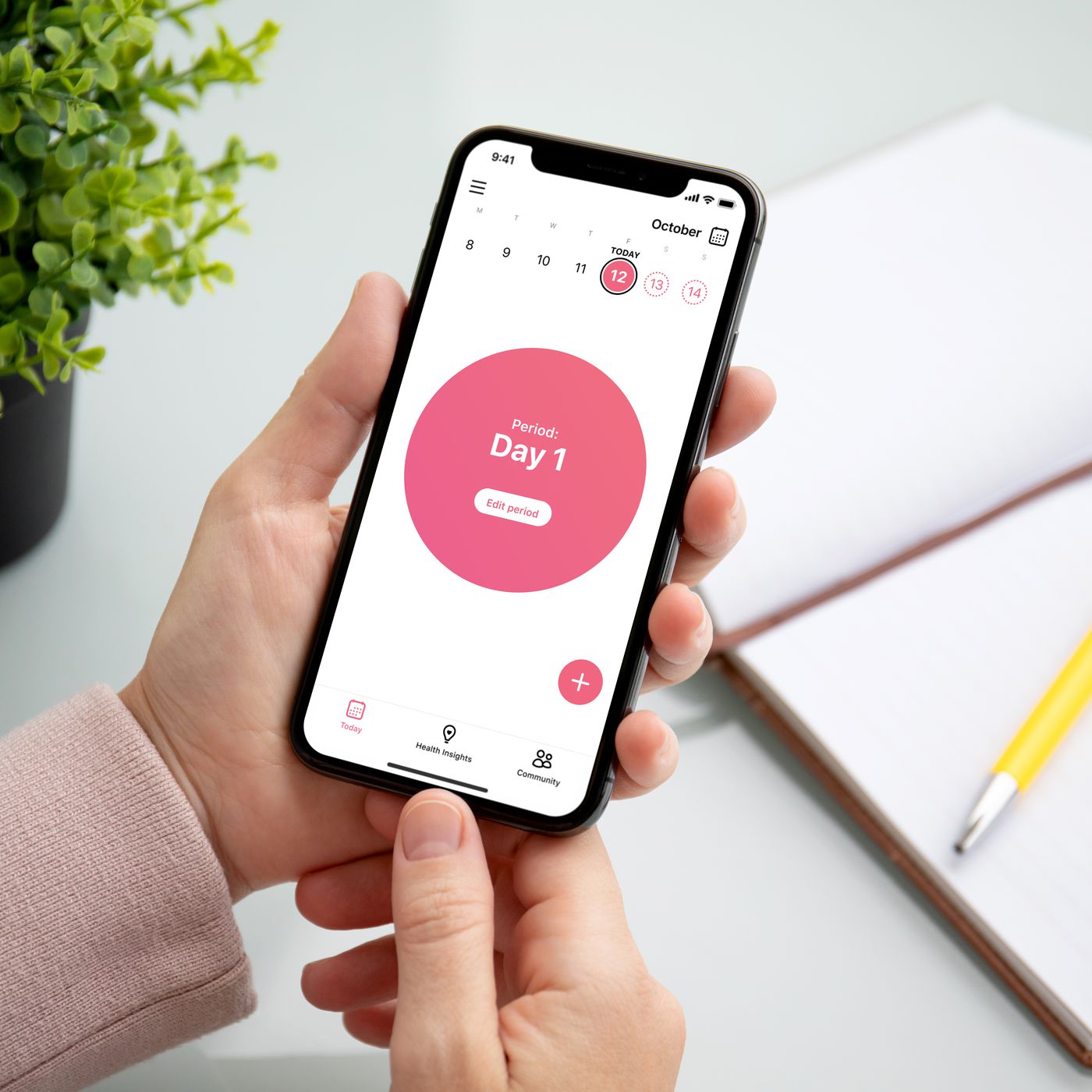Even if you don’t dig coffee you’ll appreciate the passion behind the roasters, the baristas in the independent cafes and the love for the craft in creating that perfect brew.
A while back, Applause hosted me as part of their Product Sessions Live series, to talk about applying humanity to tech. I wanted to revisit this because I’ve realised there is another great common denominator in successful health tech products – passion in the product teams that build them.
More qualitative than ever
When it comes to creating user experiences for health technology (digital and hardware products), passion and empathy are crucial elements that can make all the difference. Health tech can be highly complex and emotionally charged, and without a deep understanding of the user’s needs and emotions, it’s difficult to create a product that truly meets their needs. In this post, we’ll explore why these facets are so important when designing UX for health tech, and how they can help designers create better products that truly make a difference in people’s lives.
Passion is key when it comes to designing for health tech because it requires a strong commitment to the problem at hand. Health is an area that affects everyone, and the impact of technology on health can be profound. When designers approach health tech with passion, they are motivated to create the best possible solutions for users. They are willing to put in the extra effort and time required to truly understand the user’s needs, and to create products that are not just functional, but also aesthetically pleasing and emotionally resonant.
Tread carefully
Empathy is equally important when designing for health tech. When users interact with health products they’re often worried or uncertain. This differs wildly from ordering takeaway food for example.
Health is an intensely personal and emotional topic, and users often have strong feelings and beliefs about their health and wellbeing. When designers approach health tech with empathy, they are able to connect with users on a deeper level and create products that truly resonate with them. By understanding the user’s emotions, pain points, and concerns, designers can create products that are more intuitive, easy to use, and impactful.
When passion and empathy are combined, they create a powerful force that can drive innovation and create meaningful change in the world. Passion fuels designers to push boundaries and think outside the box, while empathy helps them stay grounded and connected to the needs of their users. This combination is especially important when building health tech products, where the stakes are high and the impact can be life-changing.
Best in class

Flo, the popular health app that provides women with personalised insights and support throughout their menstrual cycle, has made great strides by leveraging passionate and empathetic product teams.
Their designers understand that the menstrual cycle can be a sensitive topic for many women. They have incorporated emotional support features into the app, such as a chatbot that provides personalised support and guidance to users. This feature helps to create a sense of empathy and support for users, which can be particularly helpful during difficult times.
Headspace is a popular meditation and mindfulness app that has been praised for its user-friendly design and effective guided meditations. When the team at Headspace scaled their product they realised the imperative need to accomodate as wide a demographic cross-section as possible. Their inclusive design is accessible to all users, regardless of their background or ability. This includes features like closed captioning for the hearing impaired, and translations into multiple languages.
Takeaways
By staying connected to their users and staying up-to-date on the latest research, designers can create products that are both innovative and emotionally resonant. Whilst checking off your Mixpanel dashboards or diving into analytics, remember that your product team will have to often go beyond the data to really get a feel for what users want or are feeling.
A passionate product team spends a huge amount of time living and breathing their products and users. It also means that as a team player you’ll have to spend time advocating this drive to other teams in order to get buy-in and derive the best results.
Why wait for your weekly analytics report? Dive in and speak to users in the meantime, understand their situations and lives. How can we really provide value to these users?
Be like a barista, love your craft. It makes all the difference.
Tips for building passion and empathy in health tech product teams
1 Lead by example
If you’re a senior PM, product lead, CPO, whatever then take a passionate and active interest in the health domain. Explore the latest tech, embark on your own health journey if possible or even tell your story (we all have one or two)
2 Hire right
Ever seen baristas throw a freshly made coffee away because they didn’t feel it was right? You’re going to have to apply the same rigour to hiring. In interviews explore if candidates have a vested interest in health. How much is it a part of their lives? Do they really feel that the product they’re going to be working on can impact people’s lives? If you live and breathe it, then applying your empirical thinking to products in health really makes a difference.
3 Set a cadence of speaking to users and JTBD
Read up on Jobs to be Done, speak to users all the time, don’t make it a special big event. Keep a hand on your quantitative data but build up a library of real world user interviews. Your research rhythm should be a constant drumbeat alongside your other activities.
4 Establish cohorts of users / BETA test group
You’ll have some users who will love providing feedback. Pay attention to them, they may be your super users or ‘high expectation customers’. LISTEN to them, offer them a chance to come in and test new features.
5 Set expectations but be kind and inspiring
The easiest way to keep passion alive in teams is by creating an inspiring and safe environment to experiment. Your team should already be aware of your high expectations in terms of output but you may need to earn their trust.
